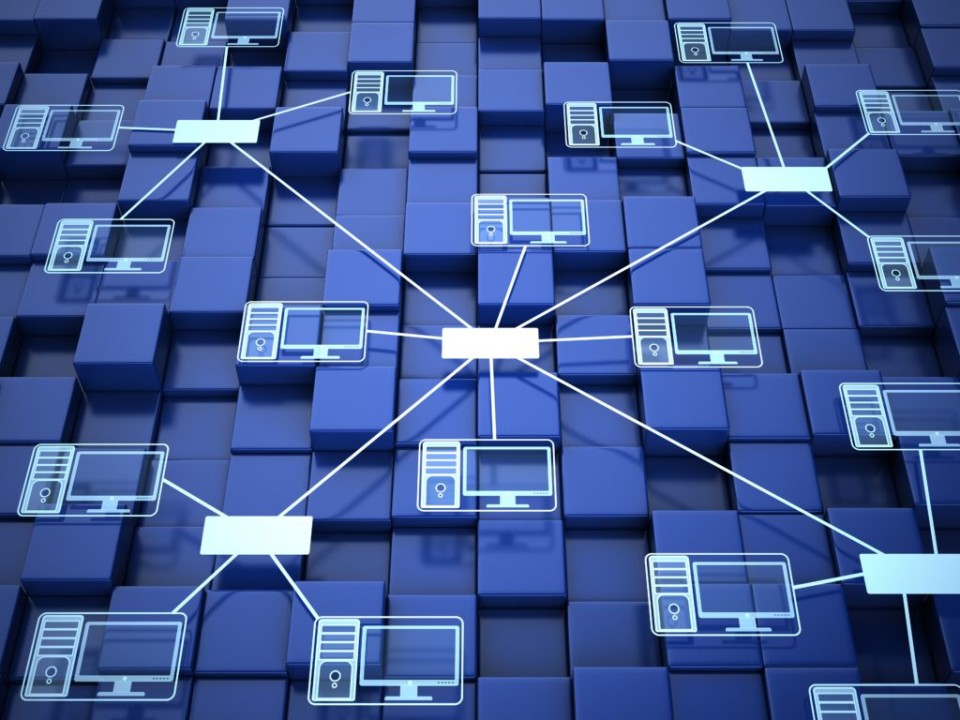What is a Distributed Network?
In today’s digital age, distributed networks play a critical role in powering various technologies and systems that underpin our daily lives. But what exactly is it, and why is it so essential? This article will break down the concept, its key features, and its applications in the modern world.
Definition of a Distributed Network
A distributed network is a system where multiple interconnected nodes or devices share resources and collaborate to achieve common goals. Unlike centralized networks, where a single server controls operations, distributed networks distribute tasks and responsibilities across multiple nodes. Each node functions as an independent unit, yet they work collectively to ensure the system’s overall functionality.
Key Features of Distributed Networks
- Decentralization: It operates without a central authority. This decentralization enhances system resilience and reduces the risk of single points of failure.
- Scalability: Adding new nodes to a distributed network is straightforward, making it easy to scale as demand grows.
- Fault Tolerance: If one node fails, the network can continue functioning, as other nodes can take over the responsibilities of the failed node.
- Collaboration: Nodes in a distributed network share resources and communicate with each other to ensure efficiency and reliability.
Types of Distributed Networks
- Peer-to-Peer (P2P) Networks: In P2P networks, nodes communicate directly with each other without relying on a central server. Examples include file-sharing platforms and blockchain systems.
- Client-Server Networks: While not entirely decentralized, client-server networks distribute tasks between servers and client devices. Examples include email systems and online banking platforms.
- Mesh Networks: In mesh networks, every node connects directly to multiple other nodes, creating a robust and flexible communication structure.

Applications of Distributed Networks
Distributed networks are the backbone of many technologies and industries. Here are some of their key applications:
- Blockchain Technology: Blockchain relies on distributed networks to maintain a decentralized ledger, ensuring transparency, security, and immutability.
- Cloud Computing: Cloud services use distributed networks to store and process data across multiple servers, providing scalability and reliability.
- Internet of Things (IoT): IoT devices depend on distributed networks to share data and coordinate actions efficiently.
- Content Delivery Networks (CDNs): CDNs use distributed networks to deliver web content from servers located near end-users, improving website speed and performance.
Some benefits
- Improved Reliability: The absence of a single point of failure ensures continuous operation.
- Enhanced Security: Decentralization makes it harder for attackers to compromise the entire network.
- Flexibility: Distributed networks can adapt to changing demands and environments.
- Cost-Effectiveness: Sharing resources across nodes can reduce overall operational costs.
Some challenges
While distributed networks offer numerous advantages, they also come with challenges:
- Complexity: Managing and maintaining distributed networks can be more complex compared to centralized systems.
- Latency: Communication delays between nodes can affect performance in some cases.
- Security Risks: Although harder to attack as a whole, individual nodes may still be vulnerable.
Conclusion
Distributed networks are a cornerstone of modern technology, enabling the seamless operation of systems across industries. Their decentralization, scalability, and fault tolerance make them ideal for various applications, from blockchain to IoT. As technology continues to evolve, the role of distributed networks will only grow, shaping the future of connectivity and collaboration.
By understanding the fundamentals of distributed networks, businesses and individuals can better appreciate their significance and harness their potential to drive innovation and efficiency.